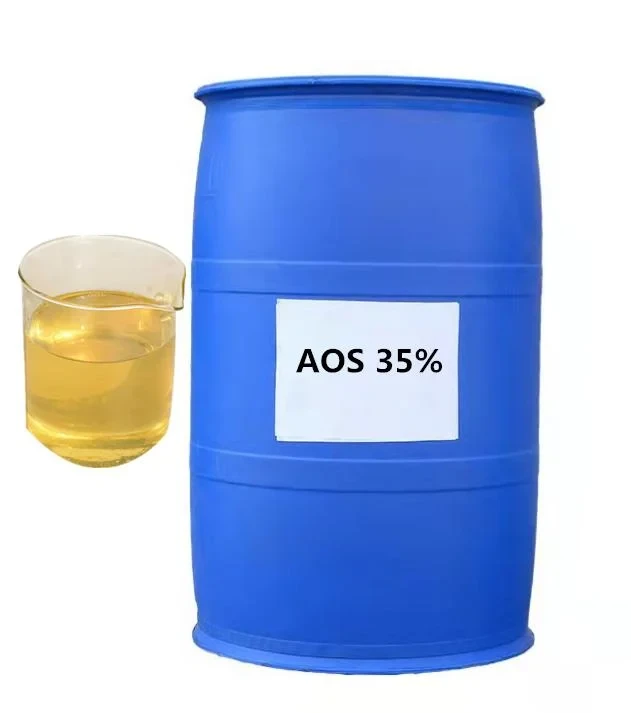



Polyacrylamide Production Techniques and Process Overview for Industrial Applications
The Manufacturing Process of Polyacrylamide
Polyacrylamide (PAM) is a synthetic polymer widely used in various applications, including water treatment, agriculture, and the oil industry. Its versatility stems from its ability to enhance water retention, improve soil structure, and facilitate the treatment of wastewater. The manufacturing process of polyacrylamide is a sophisticated procedure that involves several key steps, primarily polymerization, hydrolysis, and formulation.
Raw Materials
The main raw material for polyacrylamide production is acrylamide, a compound created from acrylonitrile via a process known as ammonolysis. Other essential components include initiators for polymerization and sometimes, cross-linking agents. The choice of initiators can affect the properties of the final product; common initiators include potassium persulfate and sodium bisulfite, which are used to initiate the radical polymerization process.
Polymerization Process
The polymerization of acrylamide can be executed through different methods, including solution polymerization, suspension polymerization, and emulsion polymerization
. Solution polymerization is the most frequently used technique, wherein acrylamide is dissolved in water alongside initiators.Under controlled conditions, heat and pH levels are maintained to promote the reaction. As the polymerization progresses, acrylamide monomers transform into polyacrylamide chains through free-radical polymerization. This step is vital, as it determines the molecular weight and therefore the properties of the resulting polymer. The reaction is typically monitored to prevent excessive heat buildup, which could lead to unwanted degradation of the polymer.
Hydrolysis
polyacrylamide manufacturing process

Following polymerization, the resulting polyacrylamide can undergo hydrolysis to introduce hydrophilic characteristics to the polymer. This is particularly important for applications requiring better interaction with water, such as in soil conditioning and flocculants. Hydrolysis is achieved by treating the polymer with water and controlling pH and temperature. The degree of hydrolysis can significantly influence the polymer's performance, allowing manufacturers to tailor the product for specific applications.
Final Formulation
Once the desired degree of polymerization and hydrolysis has been achieved, the polyacrylamide is formulated into its final product. This involves drying and milling the polymer to obtain the desired particle size, which can range from powders to granular forms. Also, additives may be included to enhance the performance of the polyacrylamide, such as stabilizers and granulating agents.
Quality Control
Throughout the manufacturing process, quality control measures play a crucial role. Regular testing ensures that the polymer meets industry standards in terms of purity, viscosity, and molecular weight. Advanced techniques such as gel permeation chromatography (GPC) are often employed to analyze the polymer’s characteristics.
Conclusion
The manufacturing process of polyacrylamide is a meticulously controlled operation that combines chemistry and engineering to produce a versatile polymer for various applications. Its significance in industries ranging from environmental management to agriculture highlights the importance of continuous development and innovation in the production methods of polyacrylamide, ensuring that it meets the evolving needs of its diverse markets. As research progresses, the potential for new formulations and applications for polyacrylamide continues to expand, promising a vital role in future technological advancements.
-
Why Sodium Persulfate Is Everywhere NowNewsJul.07,2025
-
Why Polyacrylamide Is in High DemandNewsJul.07,2025
-
Understanding Paint Chemicals and Their ApplicationsNewsJul.07,2025
-
Smart Use Of Mining ChemicalsNewsJul.07,2025
-
Practical Uses of Potassium MonopersulfateNewsJul.07,2025
-
Agrochemicals In Real FarmingNewsJul.07,2025
-
Sodium Chlorite Hot UsesNewsJul.01,2025










